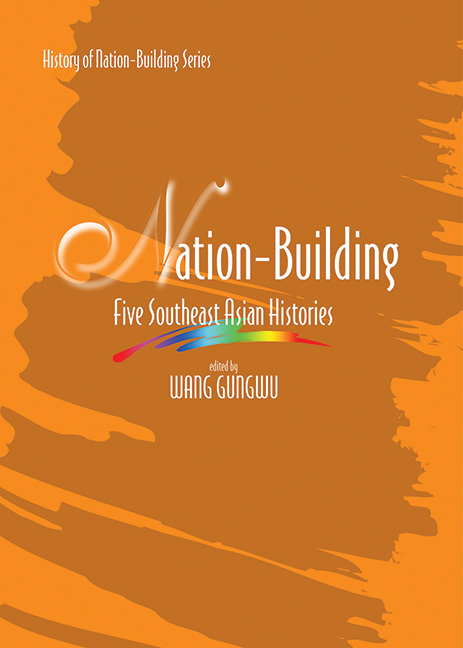Book contents
- Frontmatter
- Contents
- Preface
- The Contributors
- Chapter One Contemporary and National History: A Double Challenge
- Chapter Two Nation and State in Histories of Nation-Building, with Special Reference to Thailand
- Chapter Three Rethinking History and “Nation-Building” in the Philippines
- Chapter Four Writing the History of Independent Indonesia
- Chapter Five Ethnicity in the Making of Malaysia
- Chapter Six Historians Writing Nations: Malaysian Contests
- Chapter Seven Writing Malaysia's Contemporary History
- Chapter Eight Forging Malaysia and Singapore: Colonialism, Decolonization and Nation-Building
- Chapter Nine Nation-Building and the Singapore Story: Some Issues in the Study of Contemporary
- Chapter Ten Nation and Heritage
- Index
Chapter Ten - Nation and Heritage
Published online by Cambridge University Press: 21 October 2015
- Frontmatter
- Contents
- Preface
- The Contributors
- Chapter One Contemporary and National History: A Double Challenge
- Chapter Two Nation and State in Histories of Nation-Building, with Special Reference to Thailand
- Chapter Three Rethinking History and “Nation-Building” in the Philippines
- Chapter Four Writing the History of Independent Indonesia
- Chapter Five Ethnicity in the Making of Malaysia
- Chapter Six Historians Writing Nations: Malaysian Contests
- Chapter Seven Writing Malaysia's Contemporary History
- Chapter Eight Forging Malaysia and Singapore: Colonialism, Decolonization and Nation-Building
- Chapter Nine Nation-Building and the Singapore Story: Some Issues in the Study of Contemporary
- Chapter Ten Nation and Heritage
- Index
Summary
The subject of nation and heritage here has been couched in very broad terms, although the focus will be on Southeast Asia. It is obvious that the region has to be placed in the context of the Asian experience as a whole. What would also be essential is to look at the global picture and note the rapid spread of the idea of nation-states during the twentieth century. In that wider context, the various political cultures within the region and their roles for nation-building in the past century need to be examined. The underlying issue is the political heritage that has guided this nation-building task. The two aspects of the heritage especially relevant are, first, the models from the West, including the colonial transition, and secondly, the earlier examples of national development in Asia itself.
Forty years ago, political leaders in East and South Asia faced the choice of nation-building either through capitalism and liberal democracy, or through socialism in its many manifestations, from the moderate social democratic forms in Nehru's India and U Nu's Burma, and variations of these in Indonesia, to the revolutionary international communism of the Soviet Union variety in China, North Korea and Vietnam. The modernizing leaders of Asia also had to build their new nations under the shadow of the Cold War. Given the anti-colonial backgrounds that they had all experienced, and the need to argue for self-determination through the exercise of democratic rights, there was no alternative but to do so in the framework of a world of nation-states as represented in the United Nations Organization.
These leaders were aware that the concept of nation-states was alien to Asia. The forms had been evolved in Europe but, even in Europe, there was a great deal of variety. The new Asian states after 1945 did not, of course, have to copy any one of them. But they did seem to have taken them as guides, if not as exact models.
- Type
- Chapter
- Information
- Nation BuildingFive Southeast Asian Histories, pp. 251 - 278Publisher: ISEAS–Yusof Ishak InstitutePrint publication year: 2005



